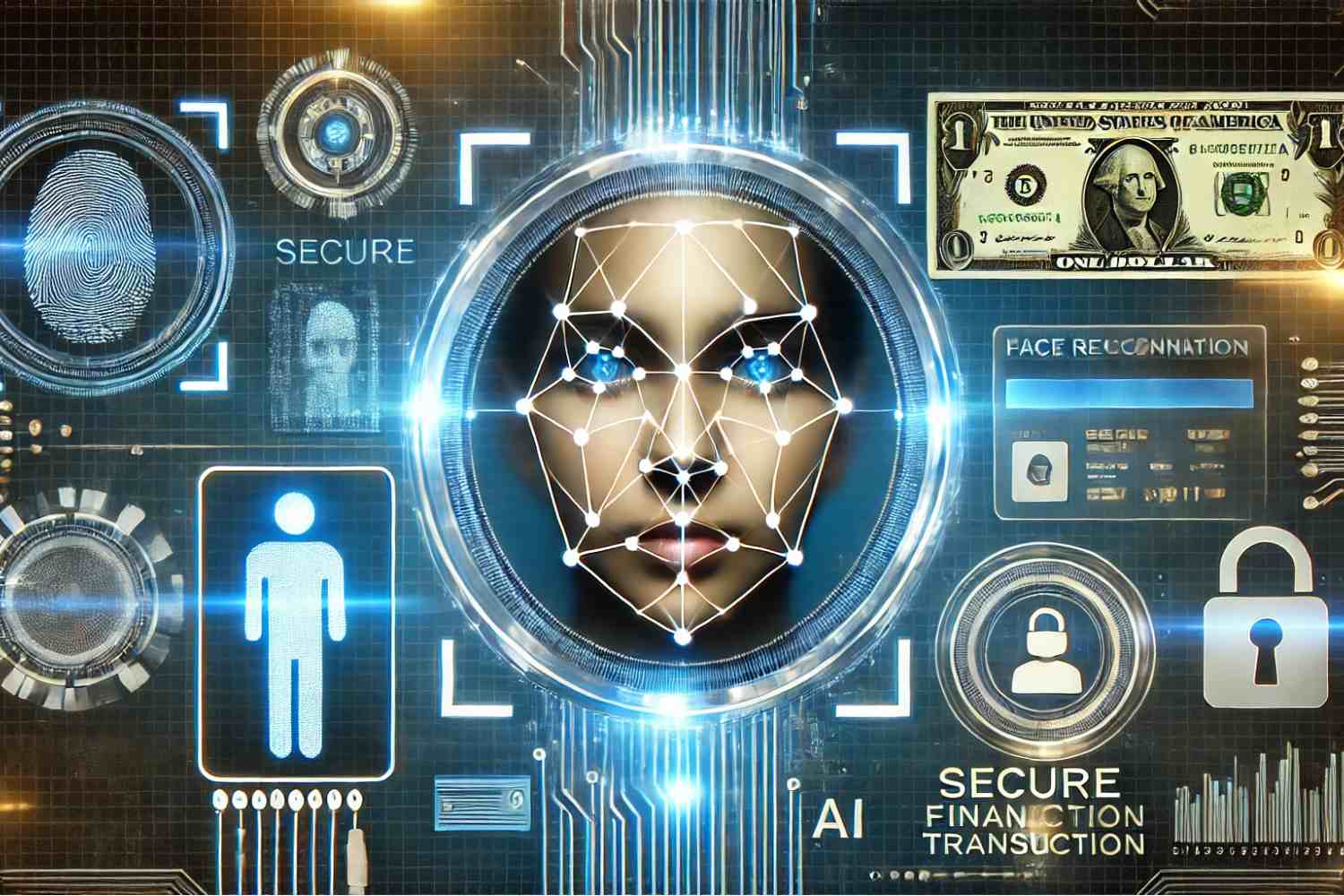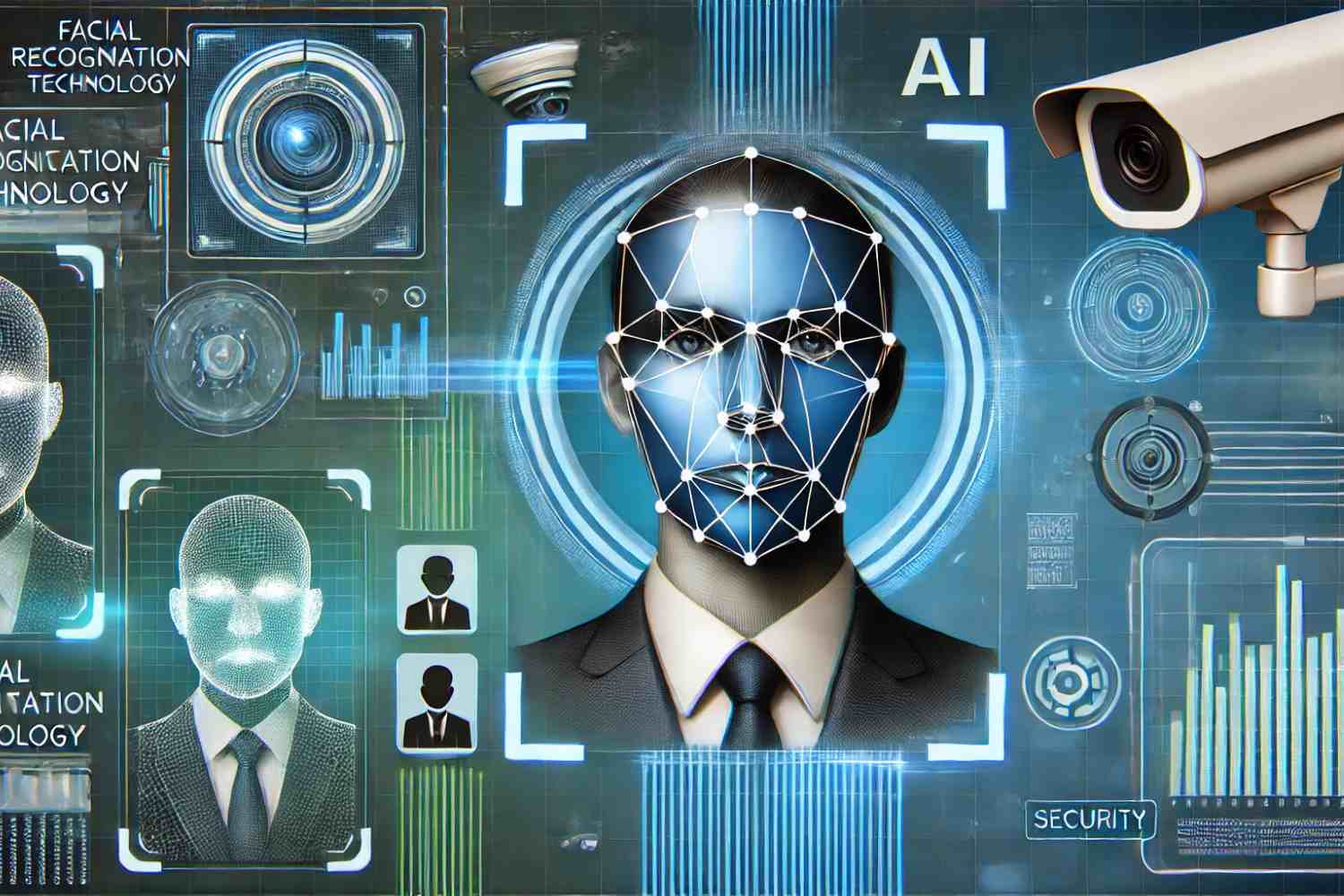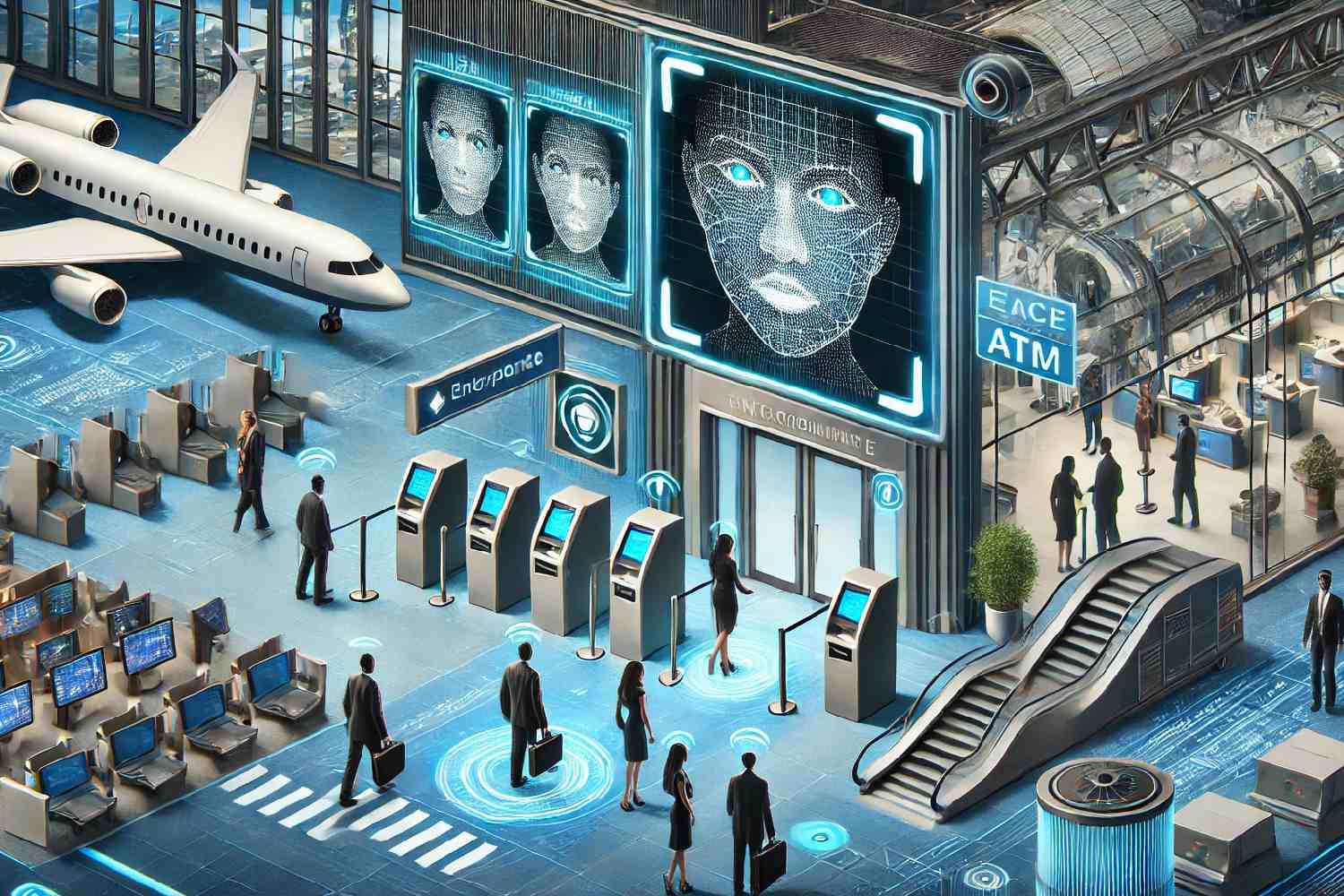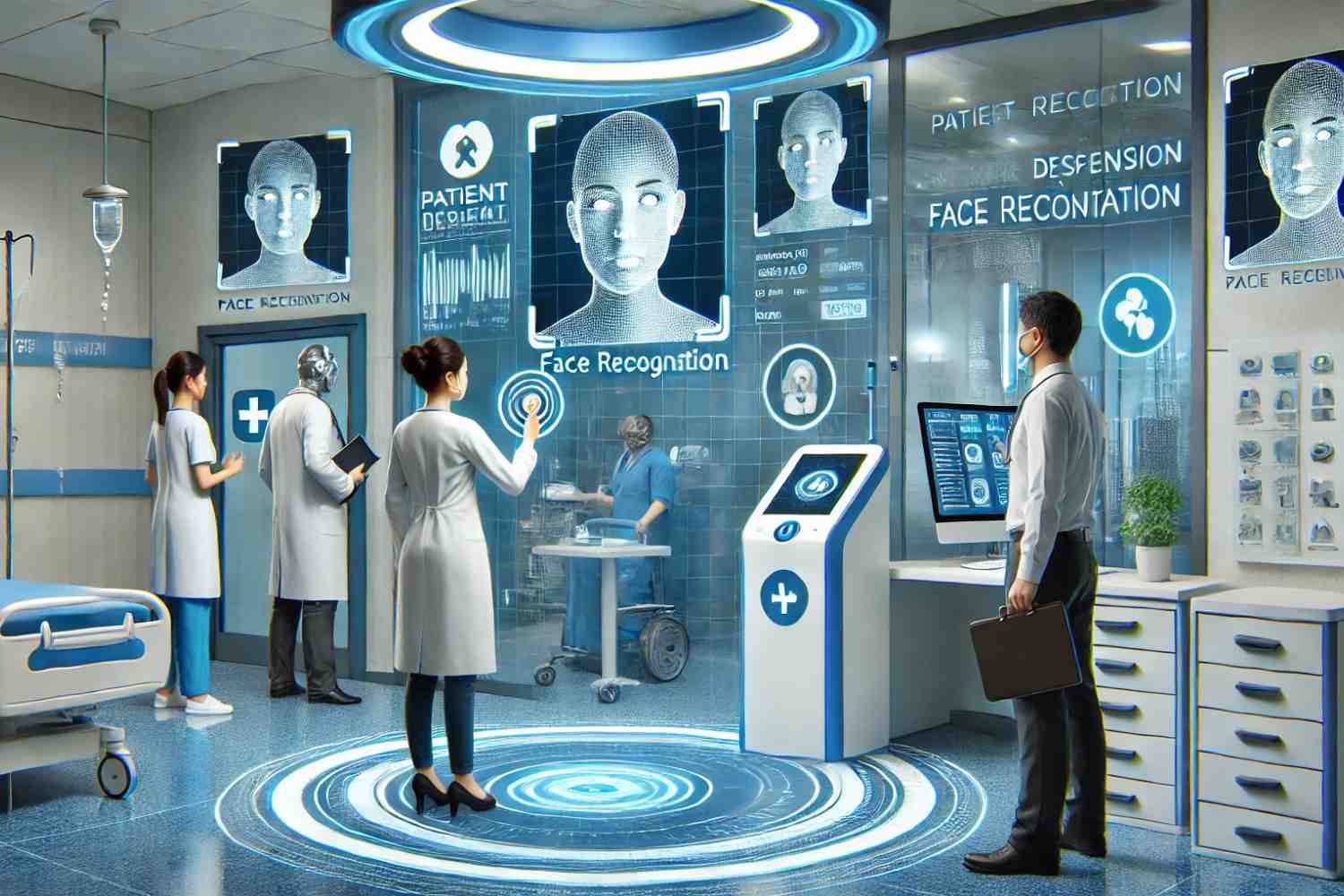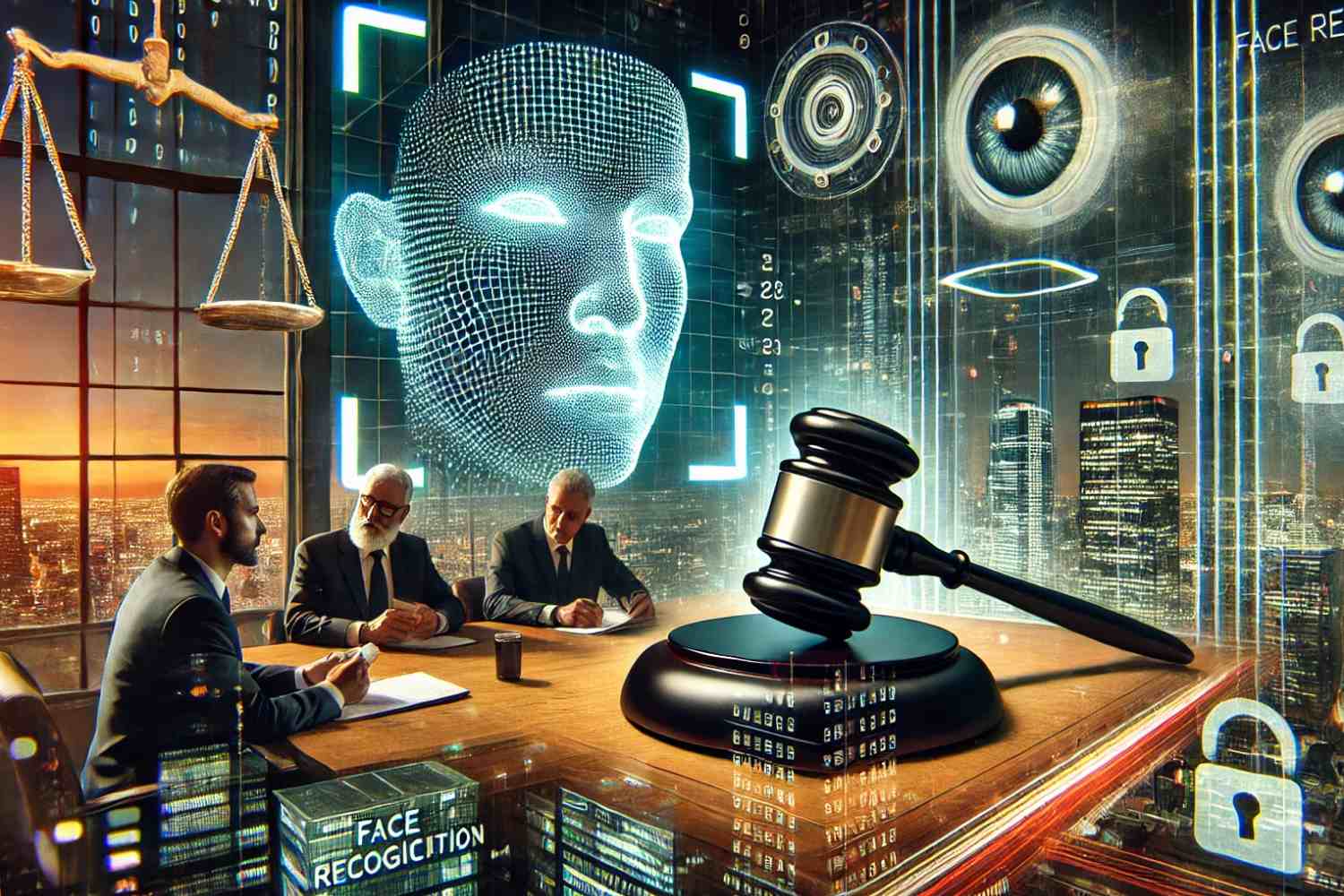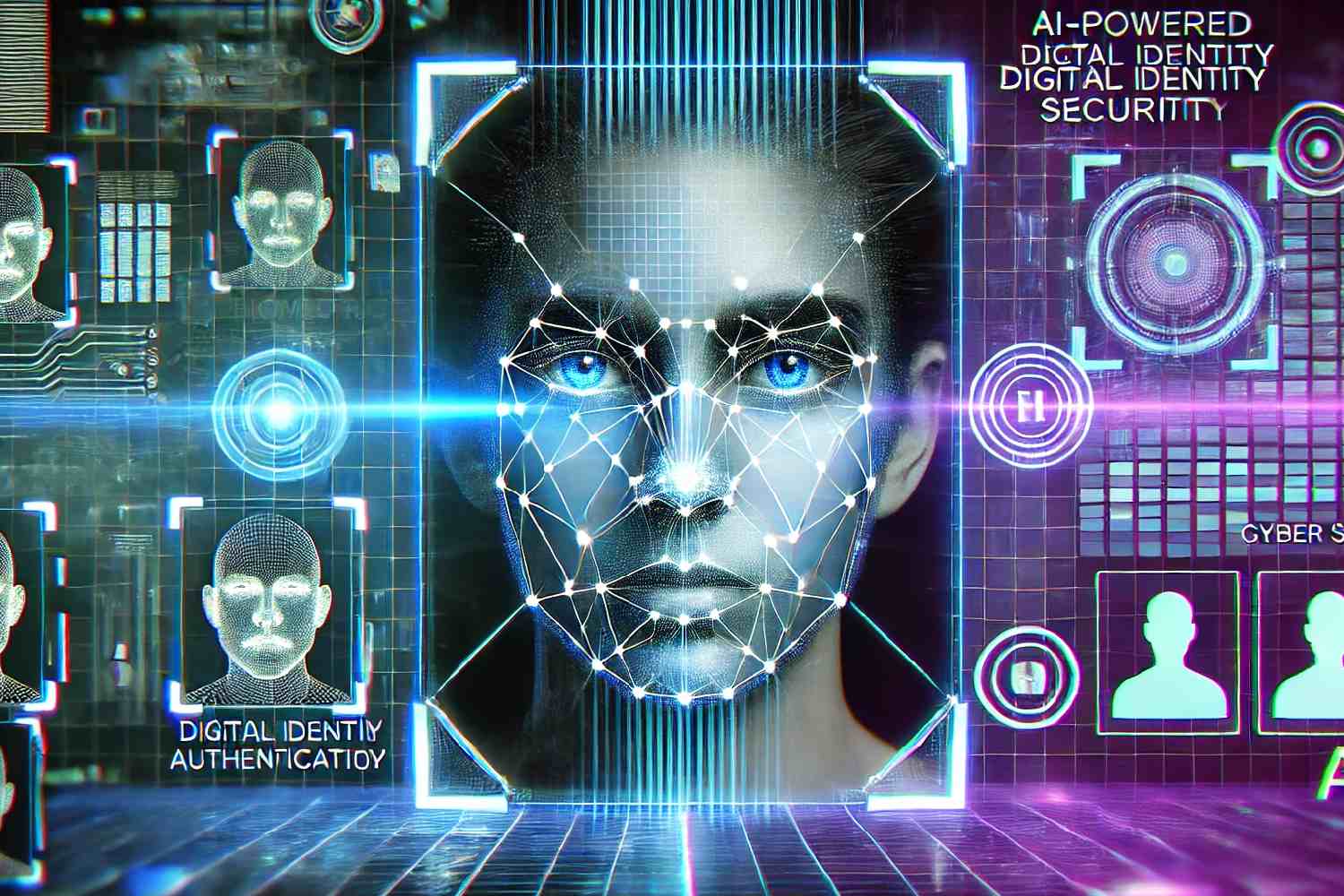Introduction
With the rise of digital banking and financial technology (FinTech), security has become a top priority. Traditional authentication methods like passwords and PINs are no longer sufficient to counteract sophisticated cyber threats. Biometric face recognition is revolutionizing banking and FinTech security by providing a seamless, secure, and fraud-resistant identity verification method.
This blog explores how biometric face recognition enhances security in banking and FinTech, its applications, benefits, and the future of this technology.
1. How Biometric Face Recognition Works in Banking
Biometric face recognition in banking involves advanced AI-powered algorithms that analyze facial features to verify identities. The process includes:
- Face Detection: Identifying and capturing an individual’s facial image.
- Feature Mapping: Extracting unique facial characteristics such as eye distance, nose shape, and jawline.
- Database Matching: Comparing the extracted features with stored biometric templates.
- Authentication & Verification: Approving access or transactions based on a positive identity match.
2. Key Applications of Face Recognition in Banking & FinTech
A. Secure Customer Onboarding & KYC Compliance
- Automating Know Your Customer (KYC) processes by verifying customer identity in real-time.
- Reducing fraudulent account openings by ensuring biometric authentication matches official records.
- Enhancing remote onboarding for digital banking platforms, making the process seamless and secure.
B. Fraud Prevention & Risk Management
- Detecting and preventing identity theft, impersonation, and unauthorized access.
- Using AI-powered face recognition to monitor transactions for suspicious activity.
- Strengthening multi-factor authentication (MFA) by combining facial biometrics with traditional authentication methods.
C. Secure Mobile & Online Banking
- Allowing users to log in to mobile banking apps using face recognition instead of passwords.
- Enabling secure and fast online transactions by verifying identity through facial authentication.
- Providing an extra layer of security for high-value transactions, reducing fraud risks.
D. ATM & Branch Security Enhancements
- Implementing face recognition at ATMs to replace PIN-based authentication for withdrawals.
- Enhancing security at physical branches by restricting access to authorized personnel.
- Enabling cashless ATMs where customers can withdraw money using facial biometrics instead of cards.
3. Benefits of Biometric Face Recognition in Banking & FinTech
A. Improved Security & Fraud Prevention
- Eliminates risks associated with stolen passwords, phishing attacks, and identity theft.
- Reduces account takeovers and fraudulent financial transactions.
B. Enhanced User Experience
- Provides a fast and frictionless authentication process for banking customers.
- Eliminates the need to remember complex passwords or carry multiple authentication devices.
C. Cost Savings & Operational Efficiency
- Reduces manual KYC verification costs and streamlines onboarding.
- Minimizes operational risks associated with password resets and account recovery processes.
D. Regulatory Compliance & Risk Mitigation
- Helps financial institutions comply with stringent regulations like AML (Anti-Money Laundering) and KYC norms.
- Strengthens compliance with data protection laws, ensuring user privacy and security.
4. Challenges & Considerations
Despite its advantages, the adoption of biometric face recognition in banking comes with challenges:
- Privacy Concerns: Ensuring data protection and compliance with regulations such as GDPR and CCPA.
- Bias & Accuracy Issues: Avoiding algorithmic bias that may affect different demographics.
- Cybersecurity Threats: Protecting biometric databases from breaches and misuse.
5. Future of Biometric Face Recognition in Banking & FinTech
The future of biometric authentication in banking is promising, with advancements such as:
- AI & Deep Learning Enhancements: Improving accuracy and fraud detection capabilities.
- Blockchain & Decentralized Identity: Enhancing privacy and security through decentralized biometric authentication.
- Integration with IoT & Smart Devices: Expanding biometric security across wearable and connected banking devices.
Conclusion
Biometric face recognition is transforming banking and FinTech security by offering a highly secure and user-friendly authentication method. As financial institutions continue to adopt this technology, balancing innovation with privacy protection will be key.
As a leading Face Recognition App Development Company in India, True Value Infosoft provides secure and compliant biometric authentication solutions for banks and FinTech companies. Contact us today to integrate AI-driven facial recognition into your financial services!
